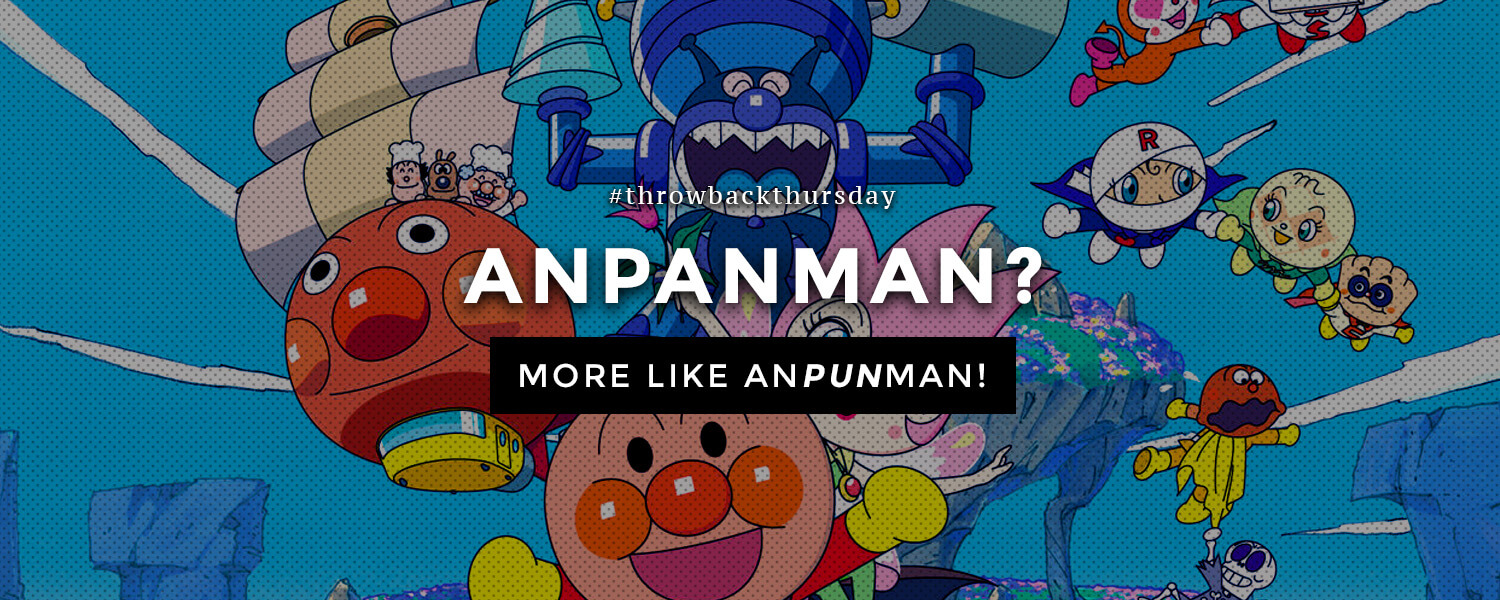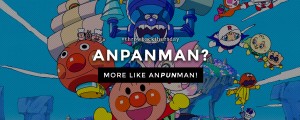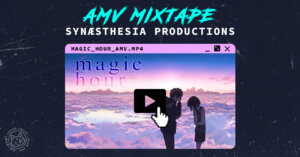KWEH!
The topics today are Anpanman and puns in anime/manga! Be prepared to snicker and groan! Maybe not at the same time but if that is what you do, feel free to go for it.
I kid you not, listening to the catchy song has been my bread and butter while writing this article.
Anpanman’s History
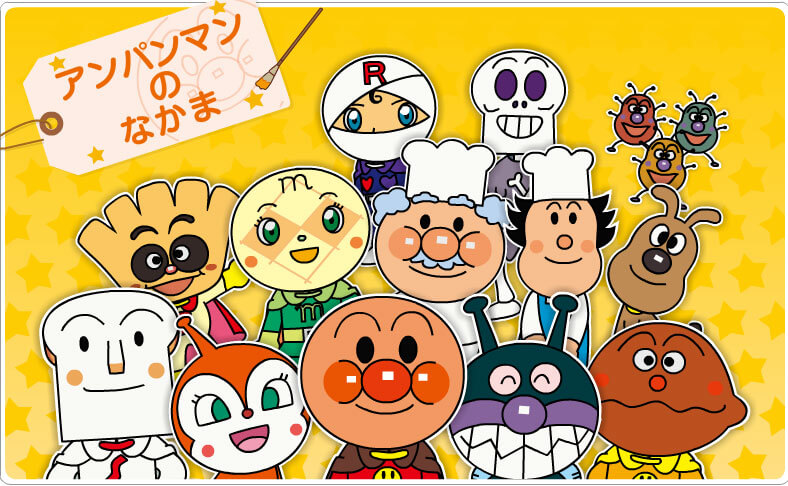
Anpanman (アンパンマン) was written by the late Takashi Yanase in 1973. The picture books that he wrote ended with his death in 2013. The anime Soreike! Anpanman (それいけ!アンパンマン, or Let’s Go! Anpanman) has been airing since 1988 until now. The titular Anpanman and his friends have become some of the most recognizable characters in Japan. The franchise has always proved to be one of the most popular among children.
The origin of the name Anpanman comes from anpan, a bread with red-bean jam/paste filling. With that theme in mind, many of the other characters are named after different food. True to the topics today, that is where puns come in.
The franchise has a vast selection of merchandise, spanning from many kids-friendly products to landmarks named after Anpanman.
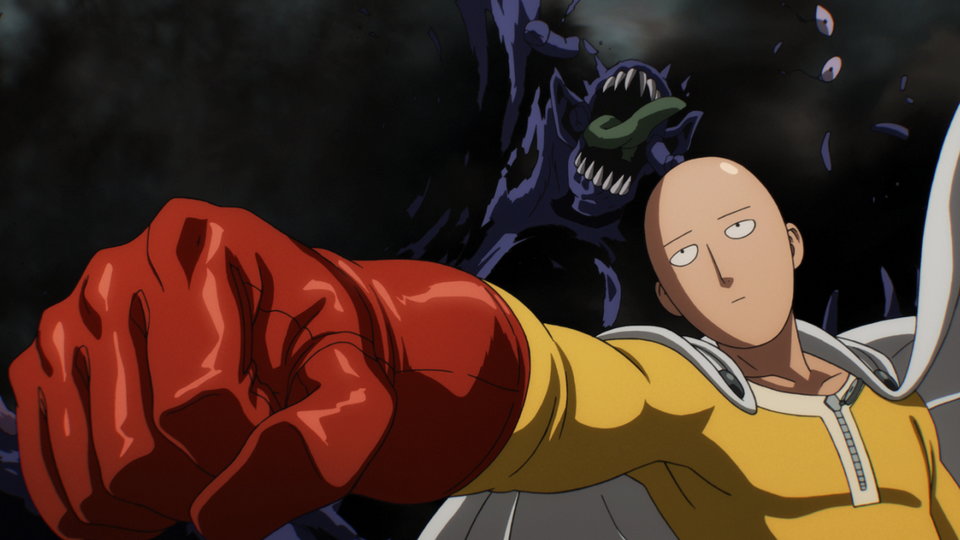
Before we jump to the next section, astute One-Punch Man fans may already know that the superhero series was inspired by Anpanman. There are many Anpanman similarities and references in One-Punch Man. However, that is a topic for another day.
Story
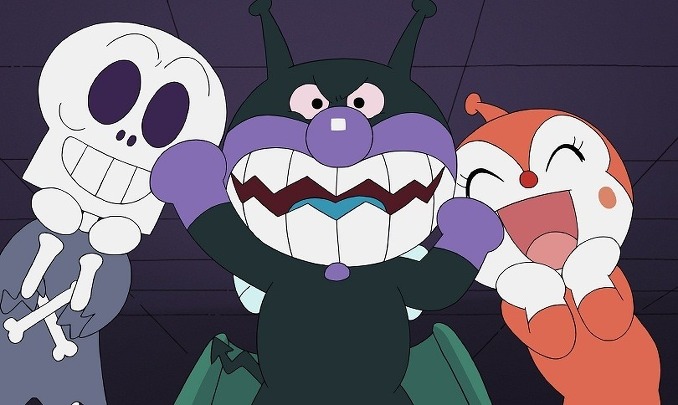
The premise of the episodic show is usually about how Anpanman gets into trouble caused by Baikinman (Bacteria Man), overcomes the problem, and eventually one-punches Baikinman away, making him the literal bread-winner. Anpanman is usually helped by many of his friends. Uncle Jam (his creator) usually helps by baking him a new head whenever his anko-filled (red bean jam) head gets dirtied, or eaten away. Currypanman (you know, curry bread man?), Shokupanman (white bread man), and Melonpanna (melon bread) are all his reliable heroic friends who would lend him a hand in a pinch.
Introduction to Pun
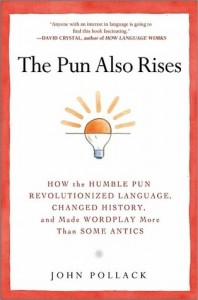
The concept of puns and similar word play have been around for a long time. The Pun Also Rises, a book about puns by John Pollack, suggests that there is evidence showing that puns have been around since seventh century BC. Puns were also used as riddles, and as the basis of contests of wits that sometimes resulted in wars. Nowadays punning probably only triggers some drunken fistfights. I really recommend the book for some illuminating light reading. You can also get the audiobook for free if you sign up for Audible. Just follow this rabbit hole.
In delivering jokes, puns are often used as the coup de grâce. Of course. Why else would you have the word pun in “punch line”?
Some of the more common forms of puns are homophones, homographs, and homonyms. Homophones are words that sound alike such as “I scream for ice cream.” Homographs are different words with different meanings but spelled the same. For example, “I can’t bear to leave the bear on the road.” While homonyms are words that are pronounced similarly and spelled the same way; basically a combination of homograph and homophone. An example of that would be the image of our Fan Service article. Fan and fanatics, get it?
There are other different types of puns that play with varying levels of topical understanding. See, puns are for intelligent people.
Puns in Japanese Anime and Manga
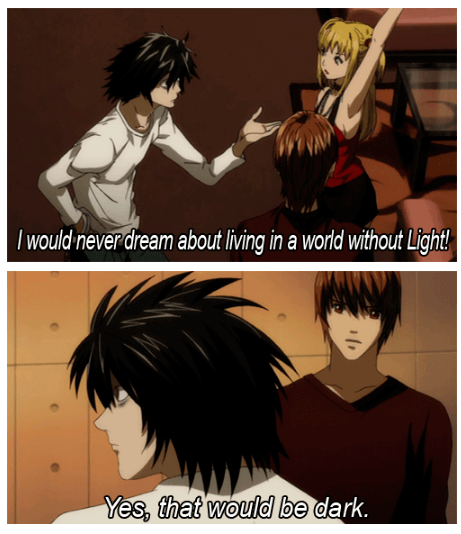
Japanese language puns are interesting because the language itself is syllable-based. Called dajare (駄洒落), they are often exploited in advertisements for comical purposes and message retention. A classic example, ignoring proper grammar, of a Japanese pun is いるかいるか?(irukairuka?). The words to know here are, iruka (dolphin) and iru ka (Are you there? Is there?). Depending on how you say it, that sentence can be read as:
- iru ka, iruka? (Are you there, dolphin?)
- iru ka? iru ka? (Are you there? Are you there?)
- iruka, iru ka? (Dolphin, are you there?)
- iruka, iruka (Dolphin, dolphin)
As many of you can surmise by this point, a huge number of anime and manga use puns. From Iruka Sensei of Naruto to Kill la Kill‘s own title. I will not discuss too many of them because it will never end. Now, perhaps the easiest and most famous set of examples to start with would be the character names from Dragon Ball.
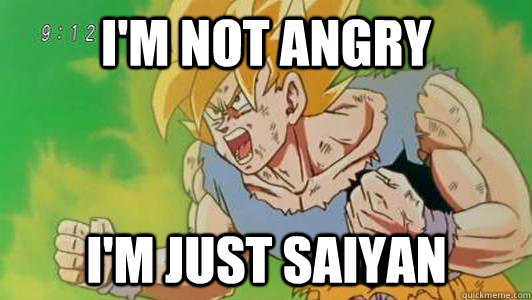
By now, most of you should be familiar with “Saiyan”, a name that plays on the word yasai, meaning “vegetable”. As such, Saiyan names are rooted in the vegetable names. Kakarot (Son Goku’s real name) is a pun of “carrot”, Nappa is a pun of “napa cabbage”, Raditz from “radish”, and Vegeta from, well, you know. The word “Namek” comes from namekuji, meaning “slug”. Which means most native Namekians are named after the snail motif. Nail is named after “snail”, Cargo comes from “escargot”, and Moori from katatsumuri (Japanese for “snail”). Piccolo is an exception. Do you know which historical figure gets a lot of shout out in Dragon Ball? The answer is the Hawai’ian King Kamehameha I. Written as かめはめ波 in the Dragon Ball universe, it means “Turtle Devastation Wave”.
Some characters in Anpanman have punny names and personalities. Baikinman often says “baibaikin!‘” when he is flying away after being punched. Yup, it is a pun of “bye-bye” and “baikin”. Horrorman (horaaman) is a character made of bones and as such he is supposed to look kind of scarier. Horrorman has the habit of saying “hora” which is equivalent to the phrase “…,see?” or “you see?”. Anpanman himself has a skill named An-Punch (An-Panchi) which is a pun-bination of anpan and “punch”.
On the other side of the coin, puns can be harder to translate or understand because they require deeper knowledge of Japanese language and culture. The many different ways of pronouncing kanji characters can also complicate non-native’s ability to comprehend. Moreover, manga writers often come up with creative pronunciations of their characters’ names, which is why in many manga translated and distributed in the US, there are usually pages at the back explaining jokes, nuances, meanings, and contexts of the translations.
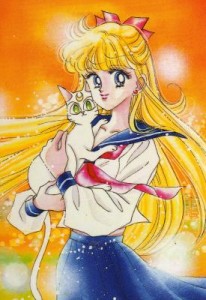
Let me give you an example. Minako Aino (愛野 美奈子), or Sailor Venus, is a very layered punny name. On one level the name in Japanese is read Aino Minako or, ai no Minako meaning Minako of Love. Going deeper, the kanji characters for Minako can also be read as biinasu, or the equivalent of the katakana for Venus. The Roman goddess Venus is associated with love, so that is the other layer of the name.
Let’s break for a pun. If Himura Kenshin were a baseball player, what would he be skilled at? Batto-jutsu.
Are you done banging your head to your screen? Okay, let’s continue.
Naruto Uzumaki has a lot things built around the character and his name’s pun. The word naruto (a reference to a city named Naruto that is famous for its tidal whirlpool and Onaruto bridge) and uzumaki (spiral, whirlpool) are conceptually related to swirling. From his clan motif, his signature jutsu (rasengan, an offensive attack based on highly-condensed super-speed spinning chakra), his element affinity (wind), and his favorite ramen (which incidentally has fishcake with a swirly pattern that is also called naruto), Naruto is all about the spin.
Speaking of Naruto, if you ask me who my favorite character is, I will say, “I am an Itachi fan.”
Sources: Wikipedia (Anpanman), Tofugu, Lingualift (Who is Anpanman), Awgosh (Anpanman Character Guide), Japan Guide (Naruto City), The Pun Also Rises, TV Tropes (Alternate Character Reading), TV Tropes (PunnyName), and Zootycutie (Tumblr).

Featured Sponsor - JAST
The sweetest romance and the darkest corruption, the biggest titles and the indie darlings; for visual novels and eroge, there's nowhere better.
Big thank you to our supporters
From their continous support, we are able to pay our team for their time and hard work on the site.
We have a Thank-You page dedicated to those who help us continue the work that we’ve been doing.
See our thank you page